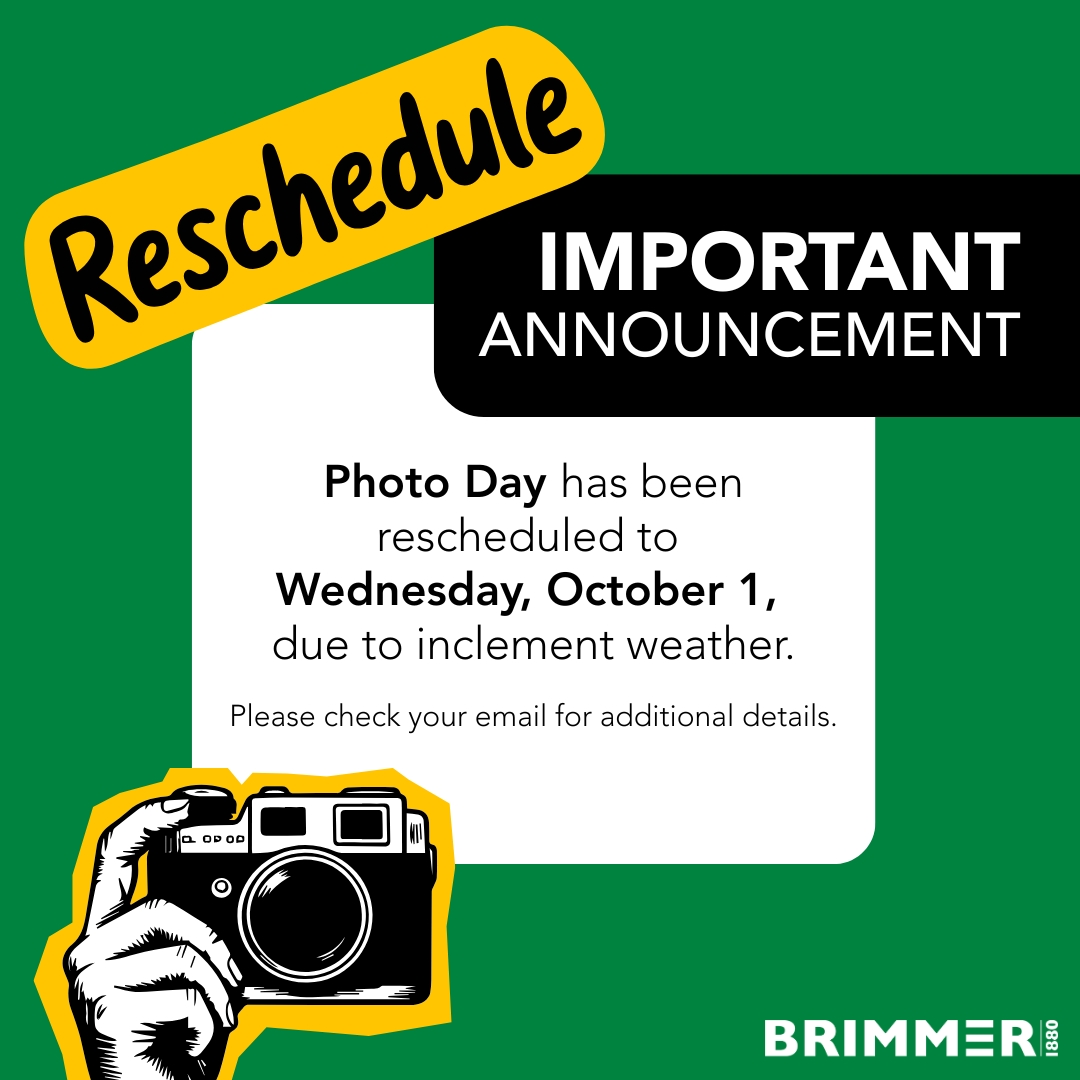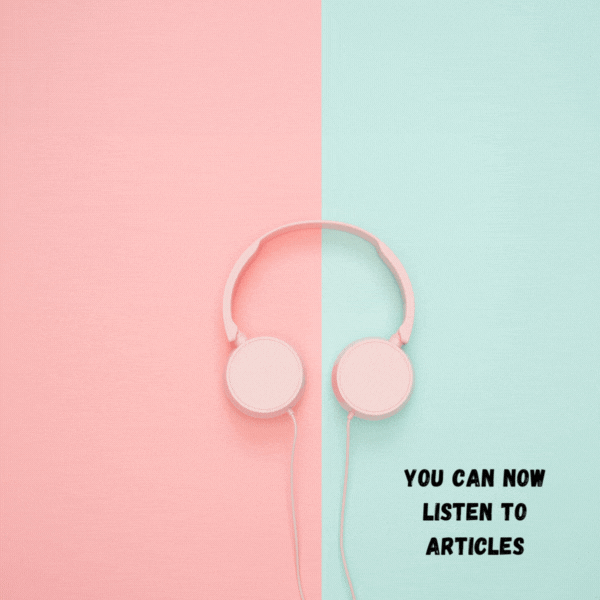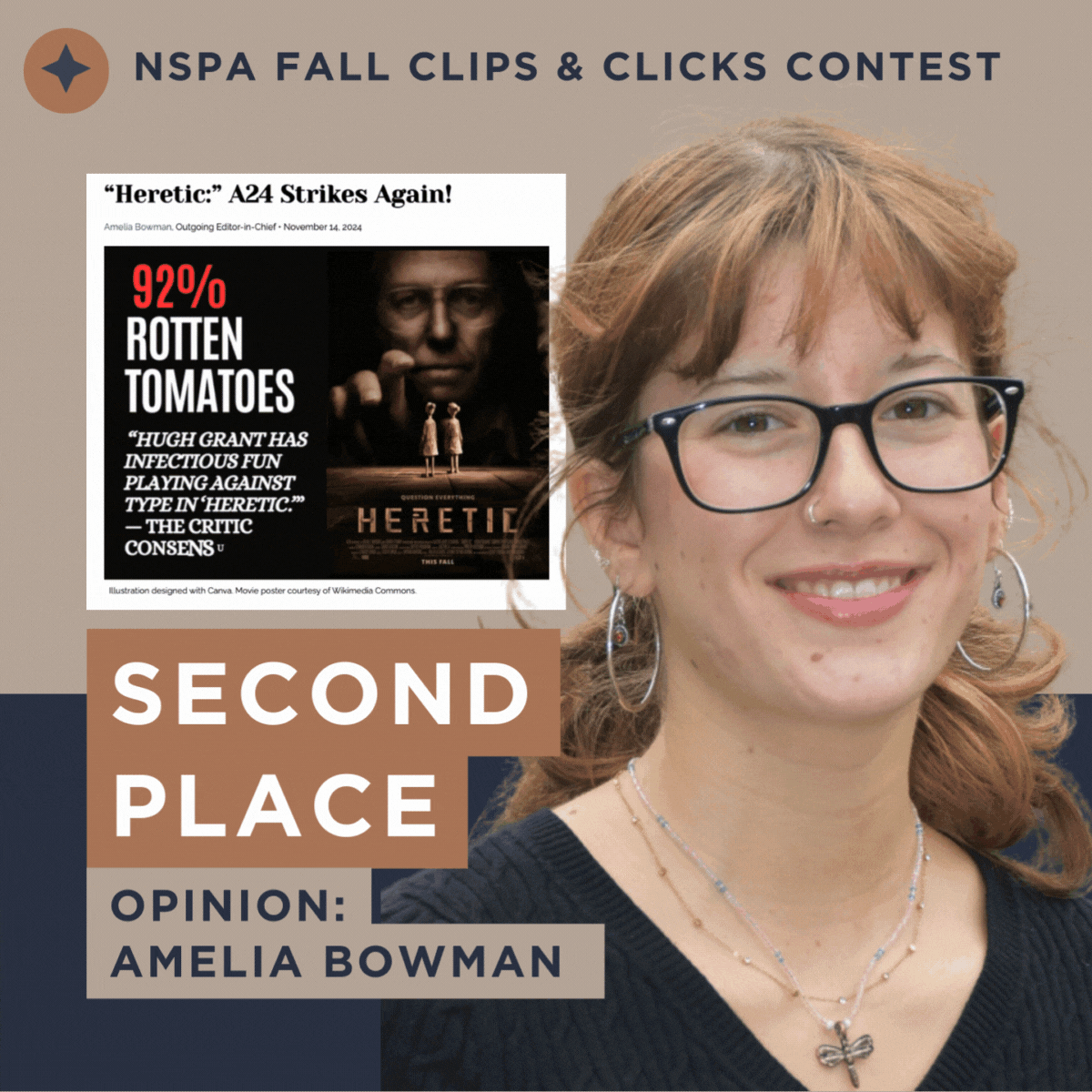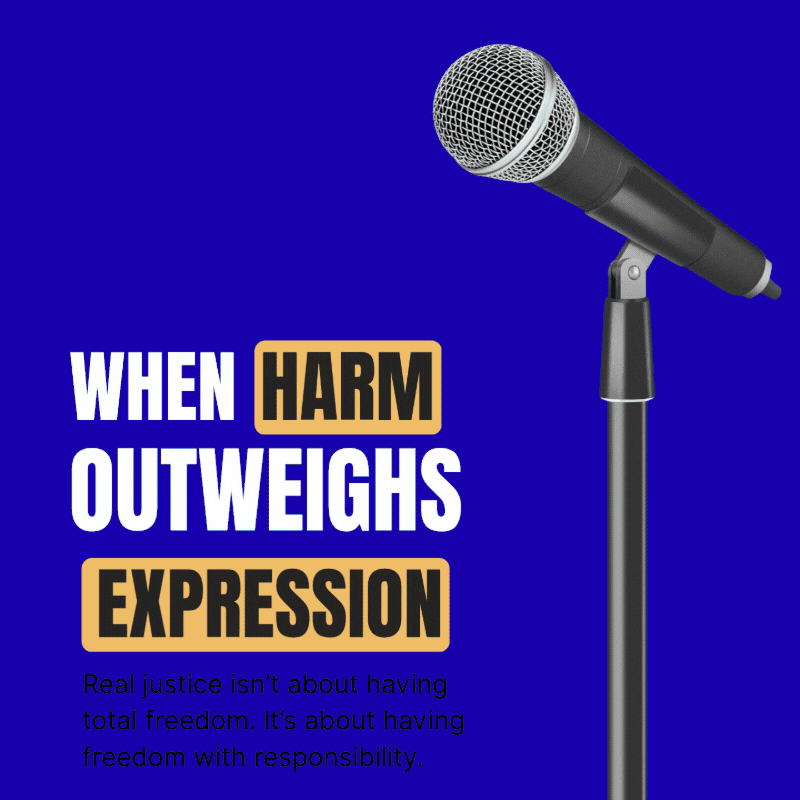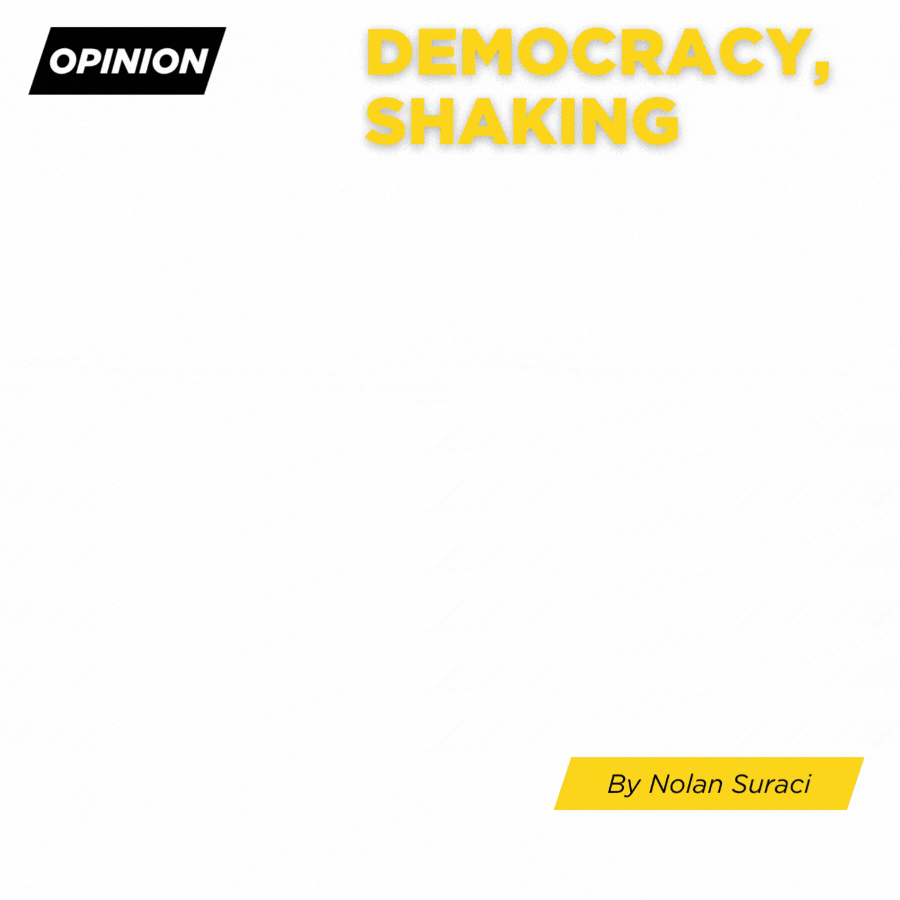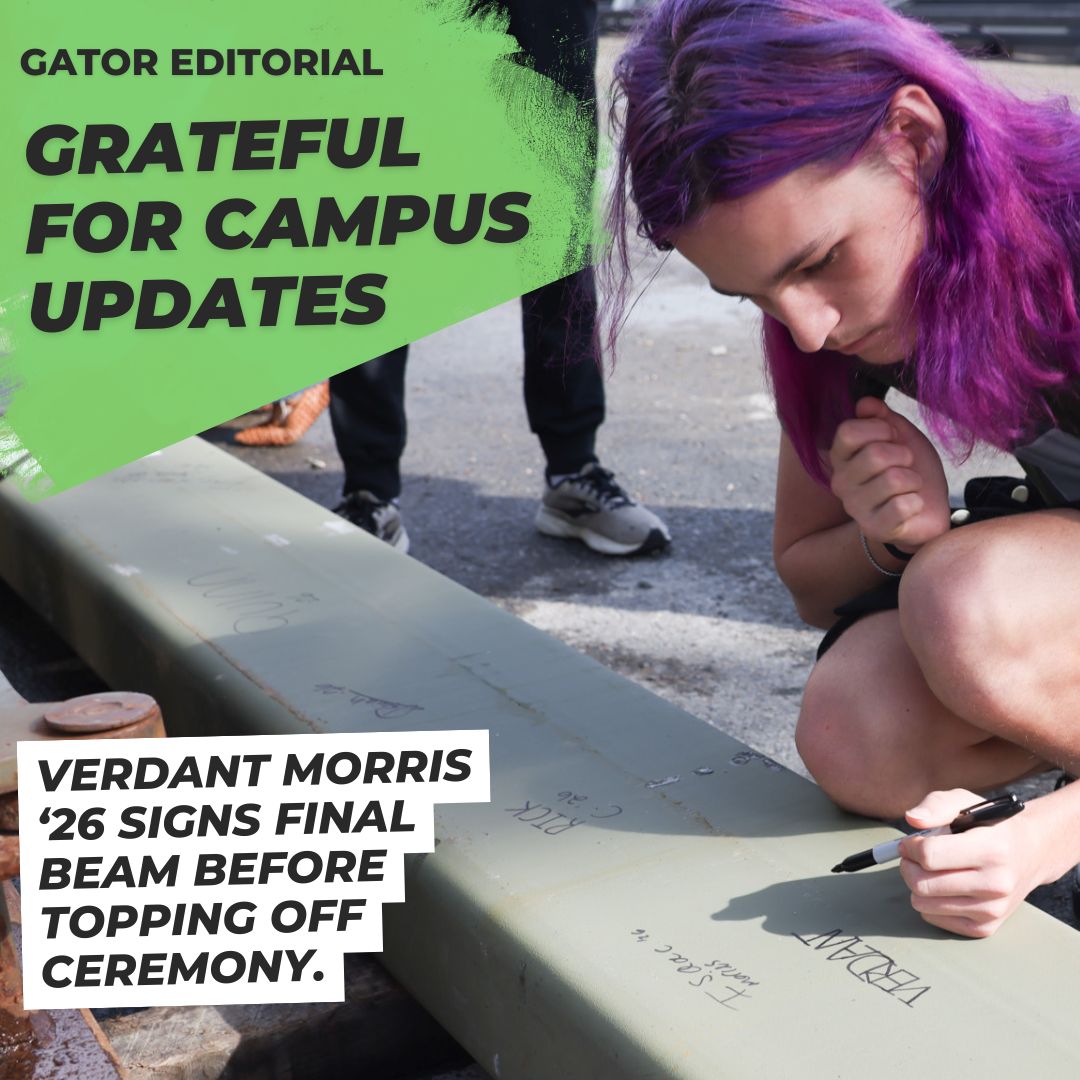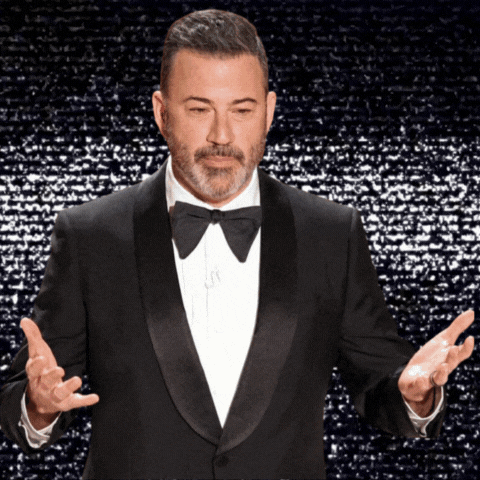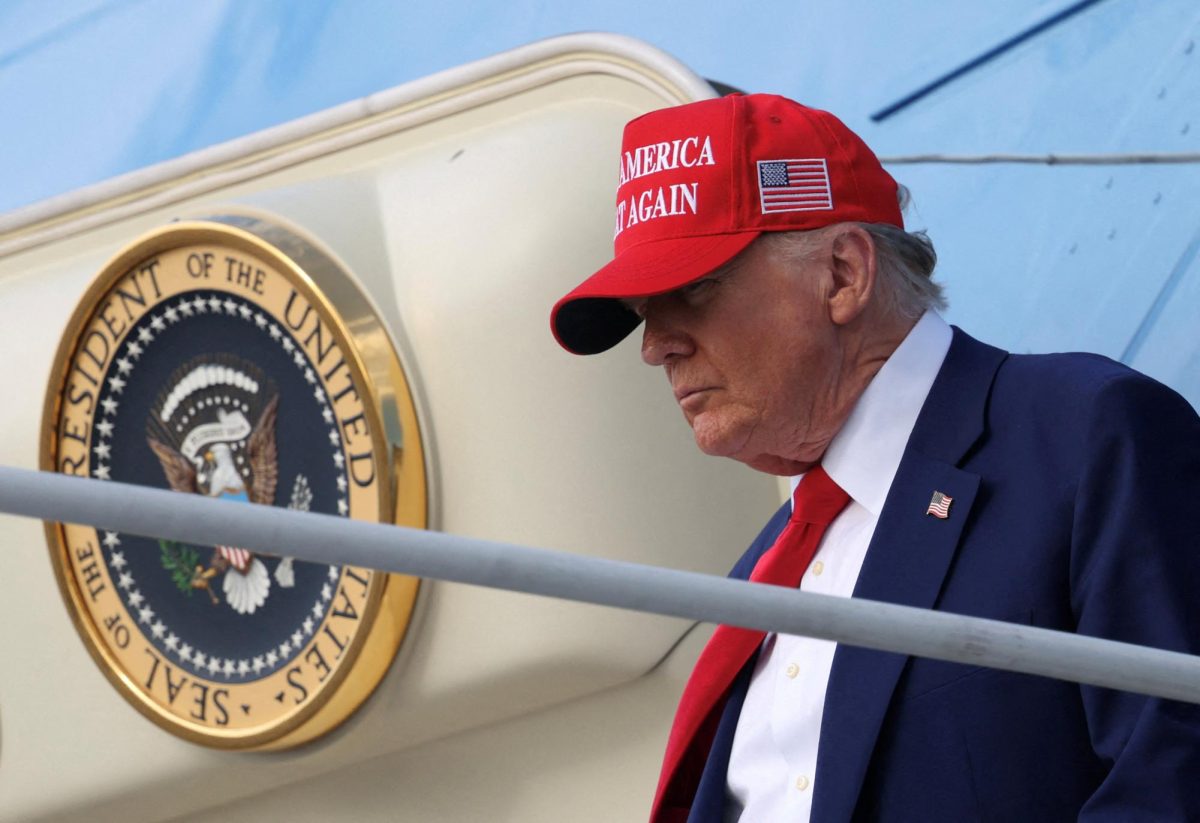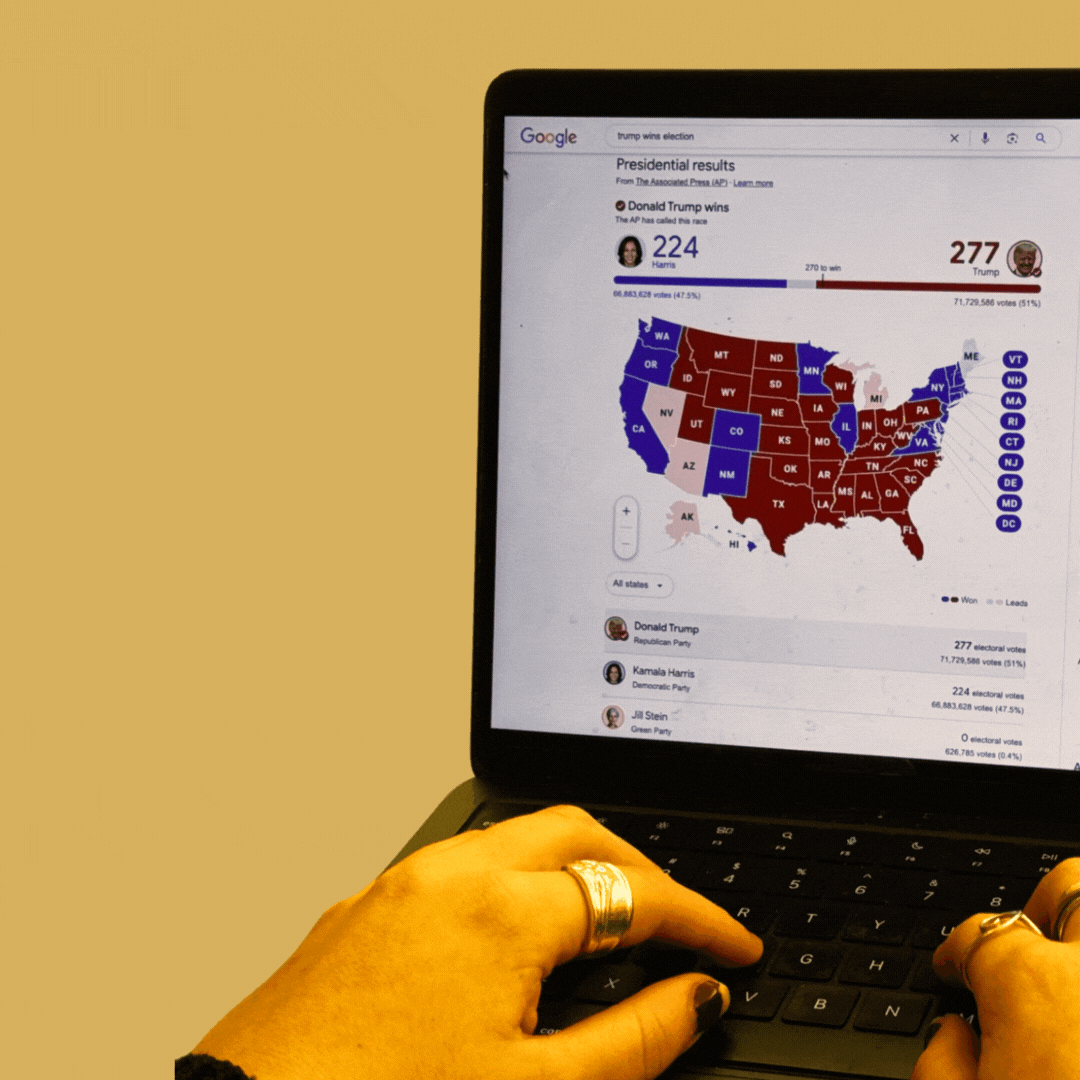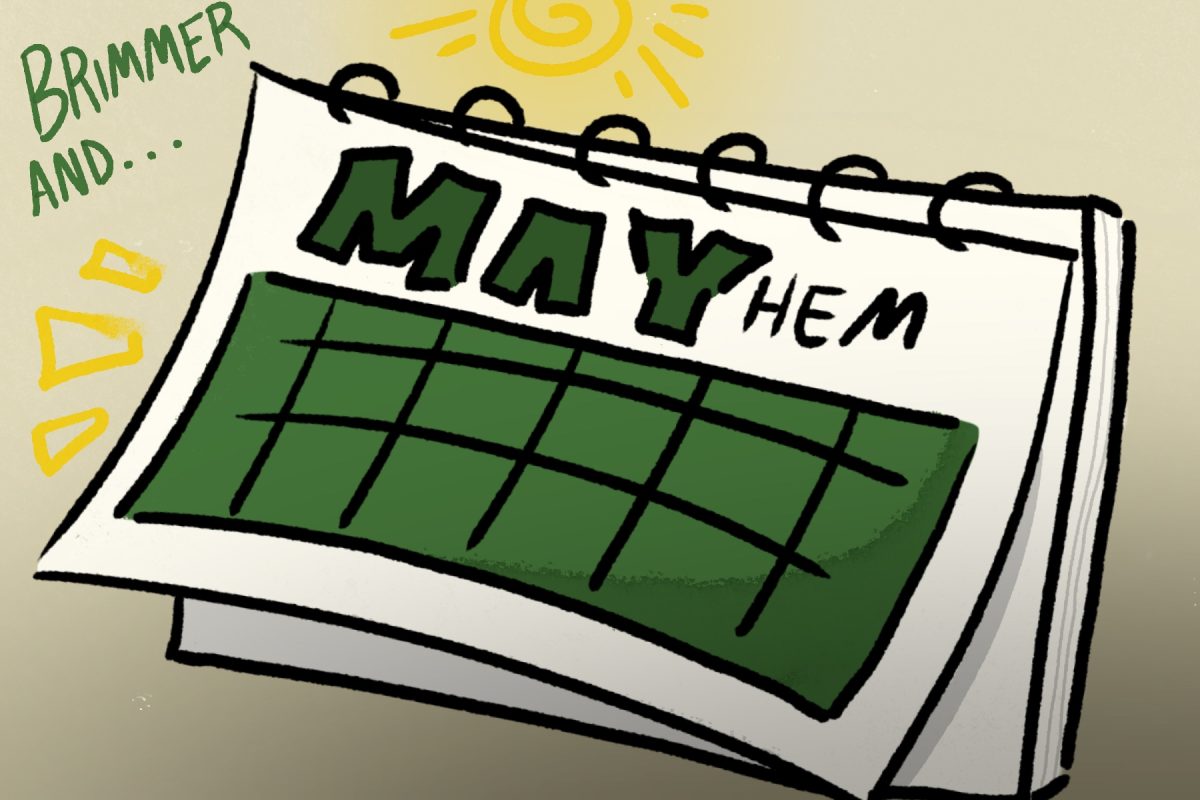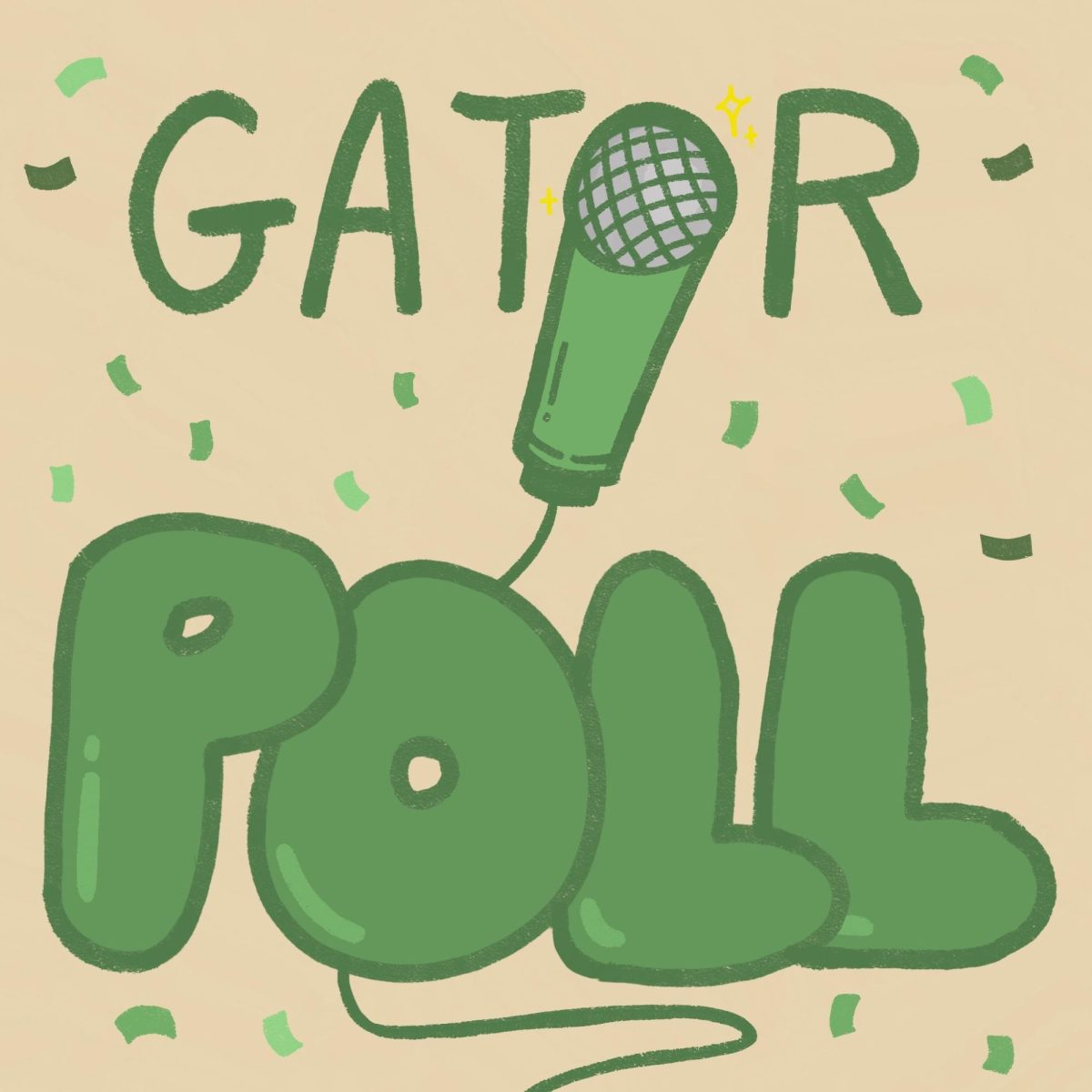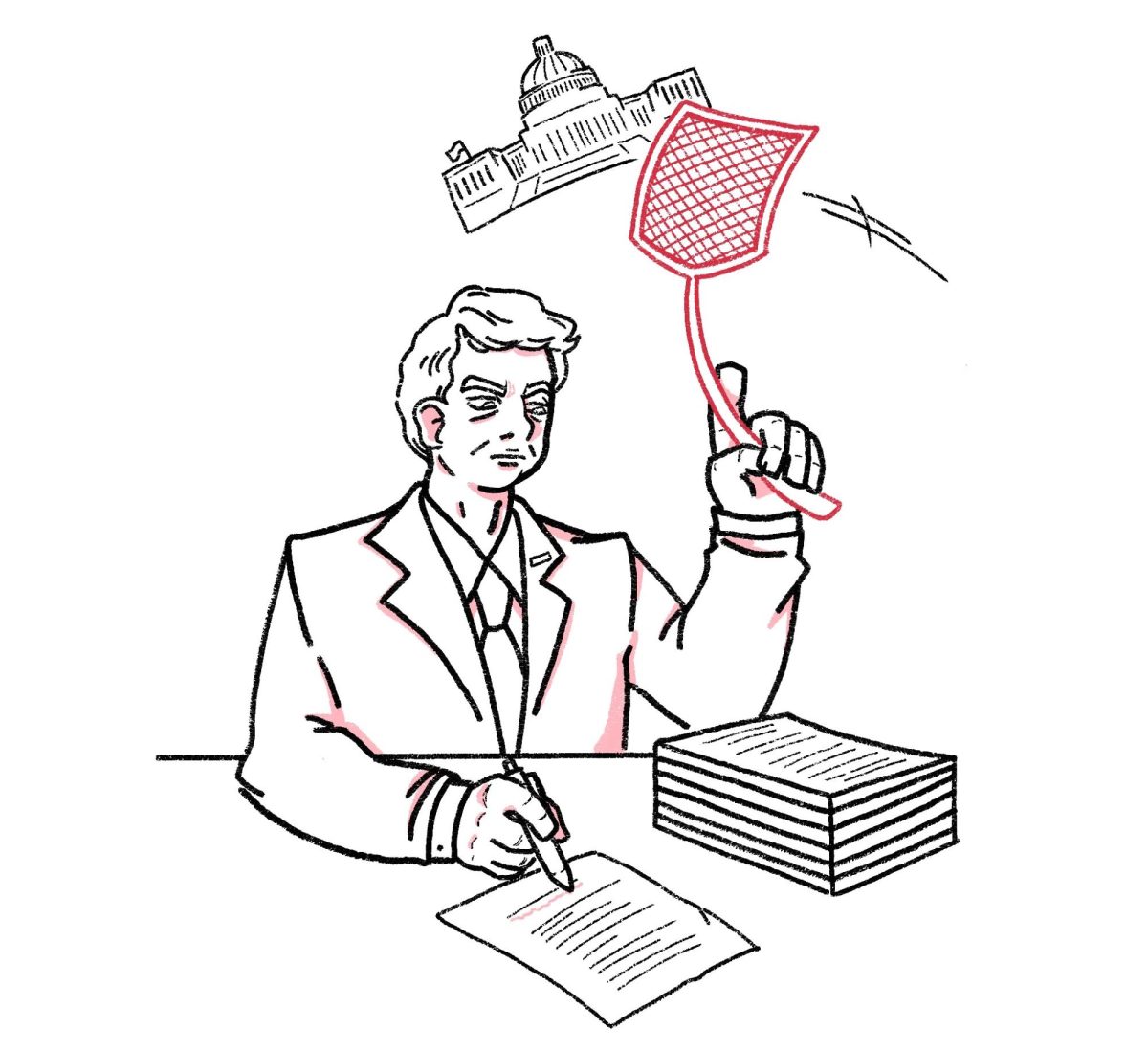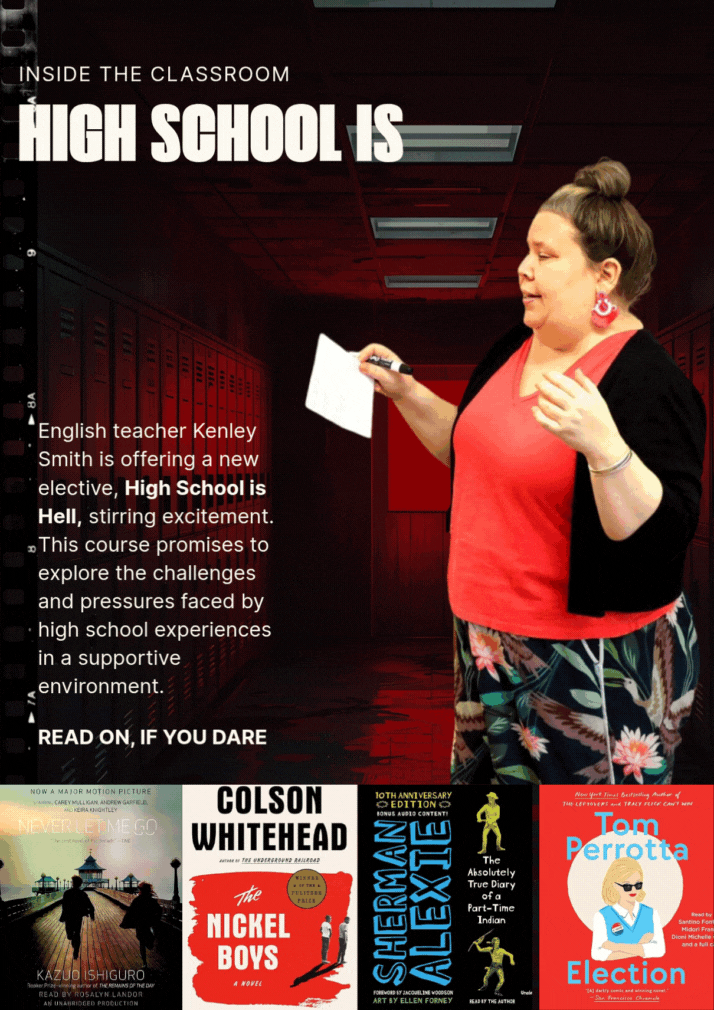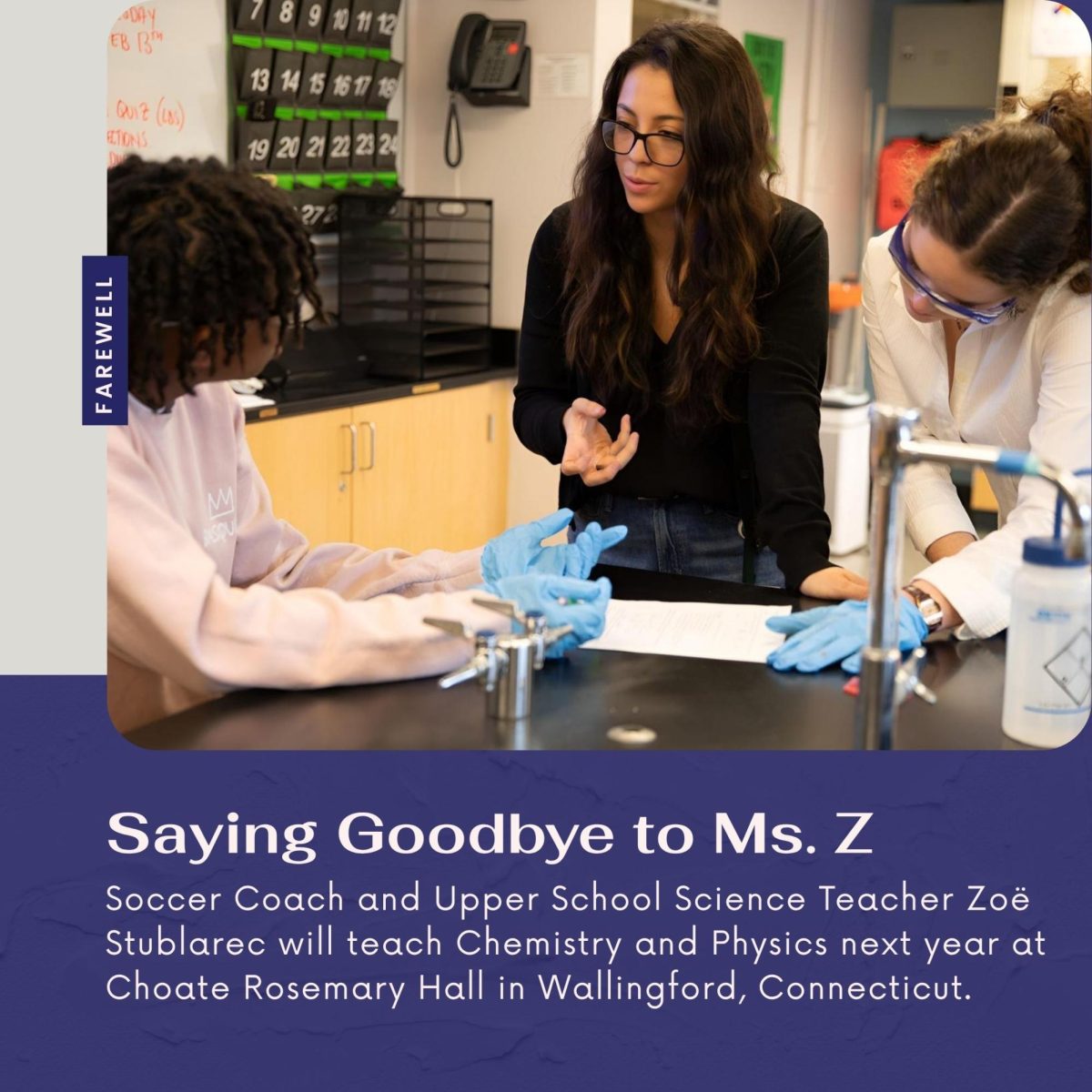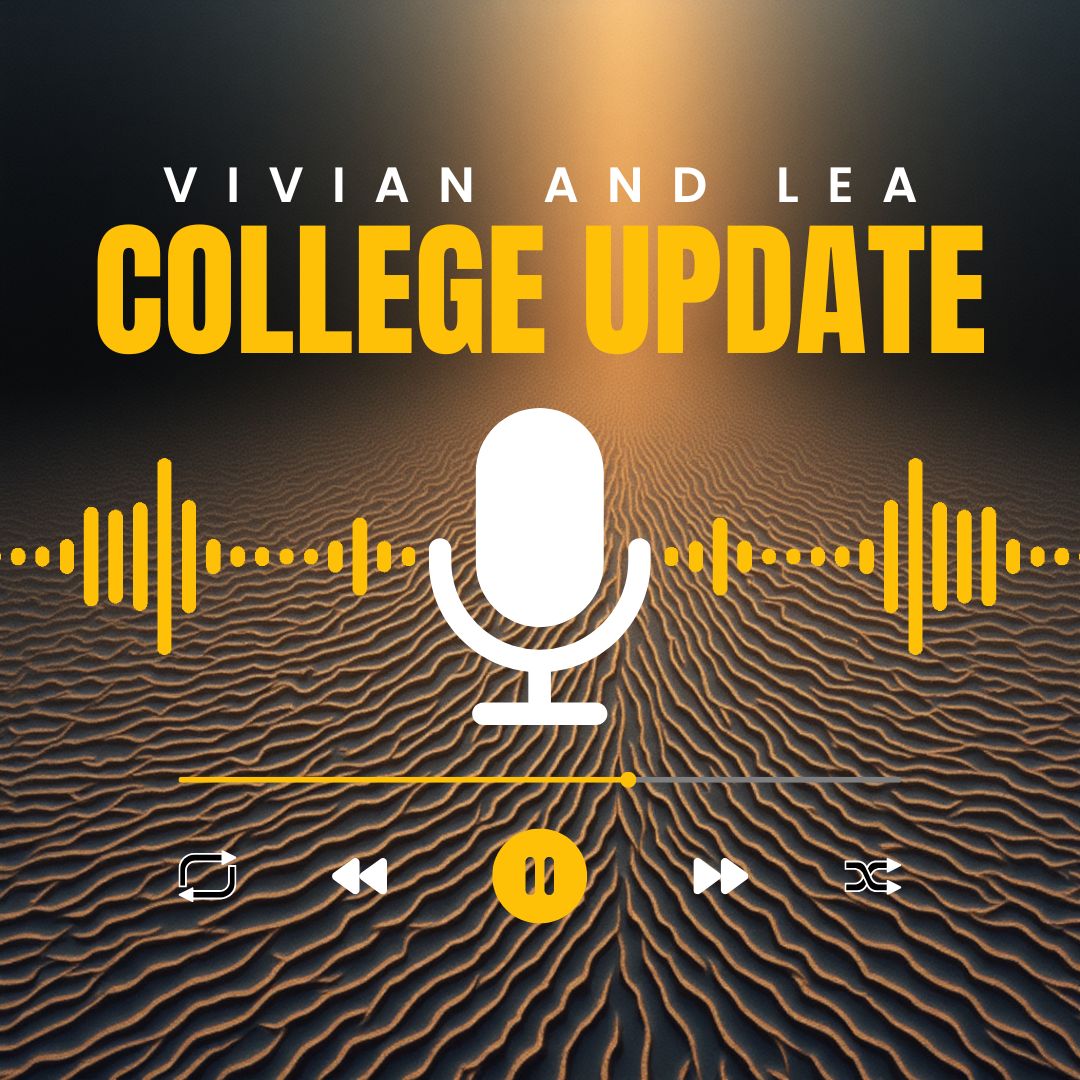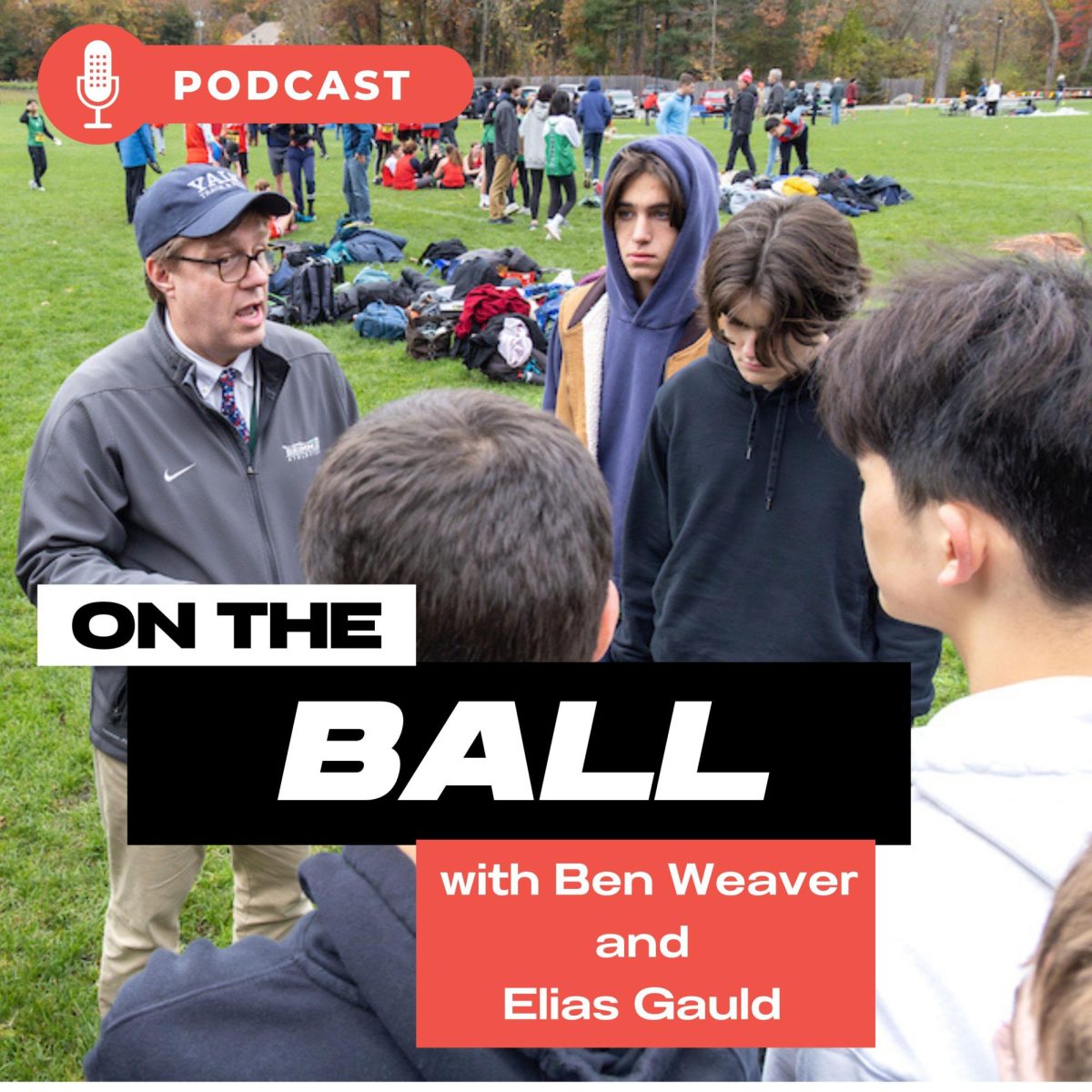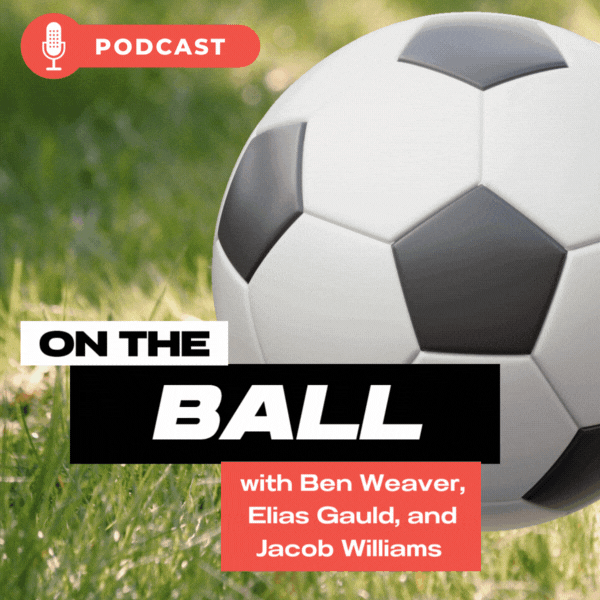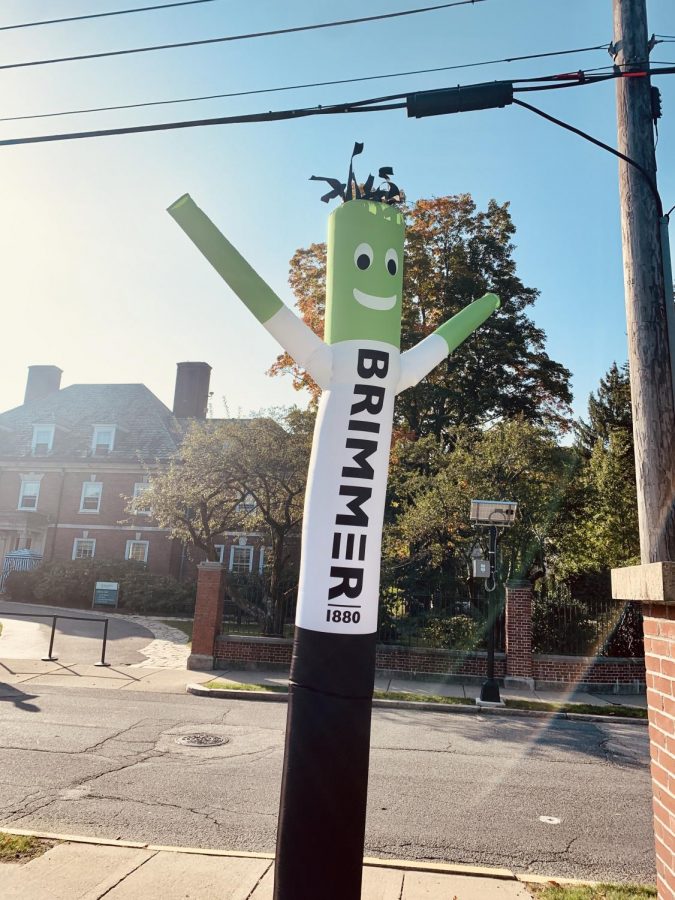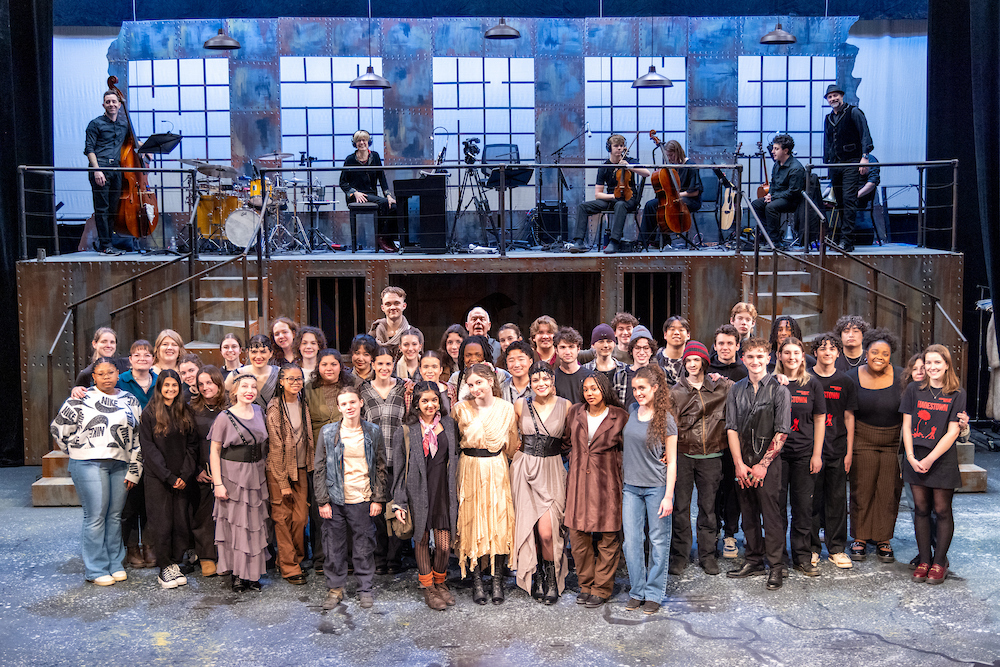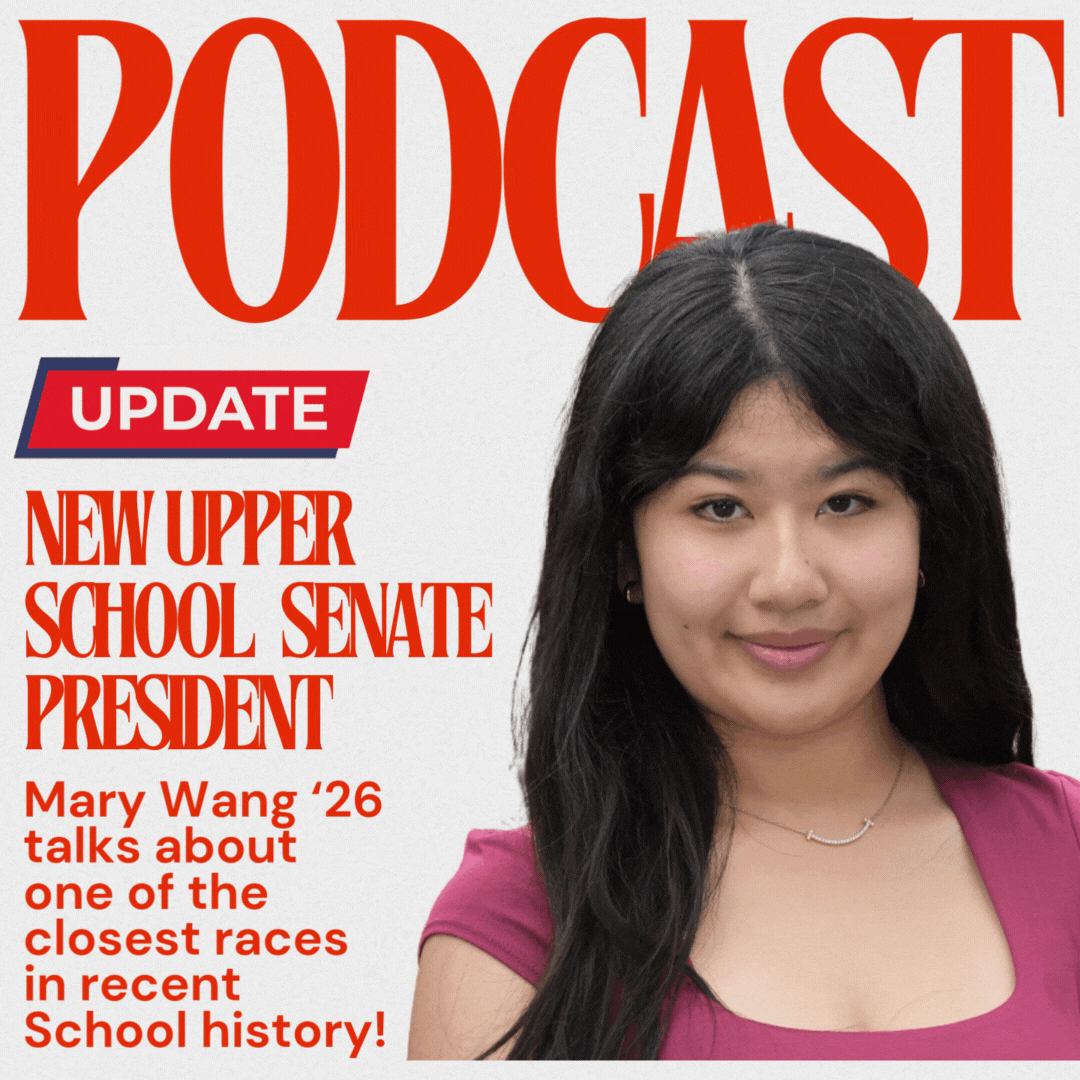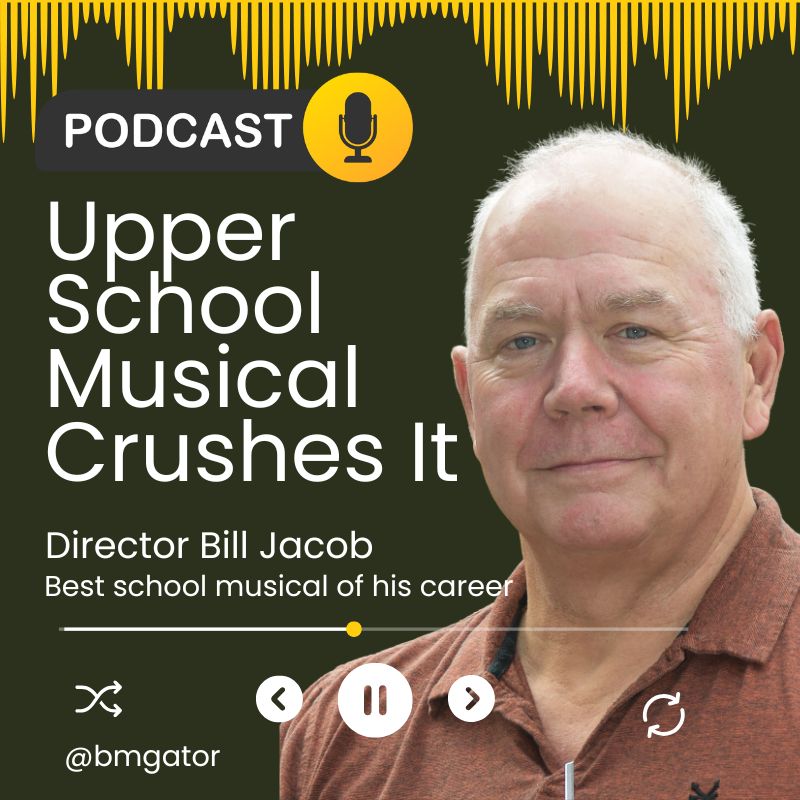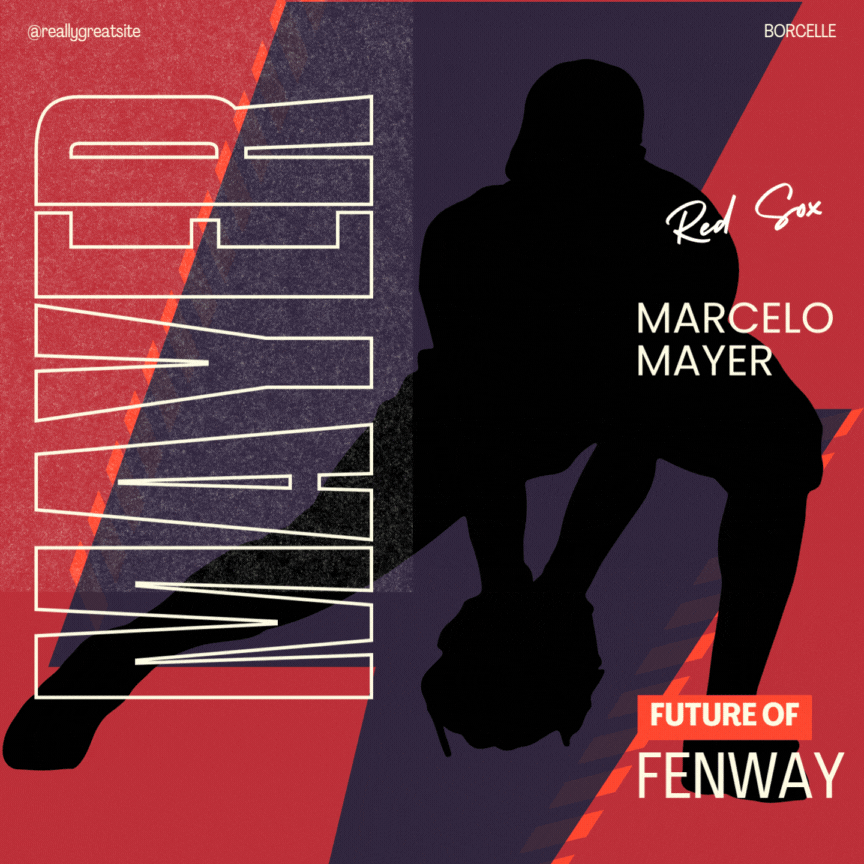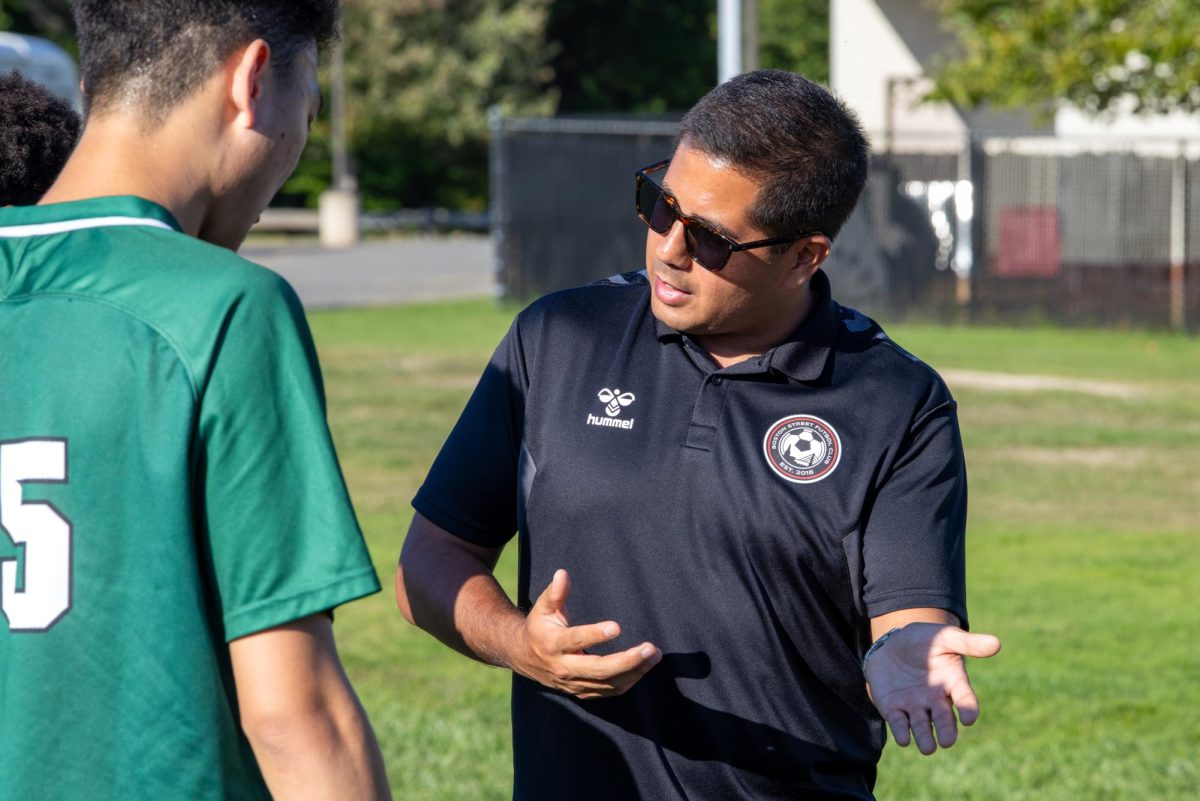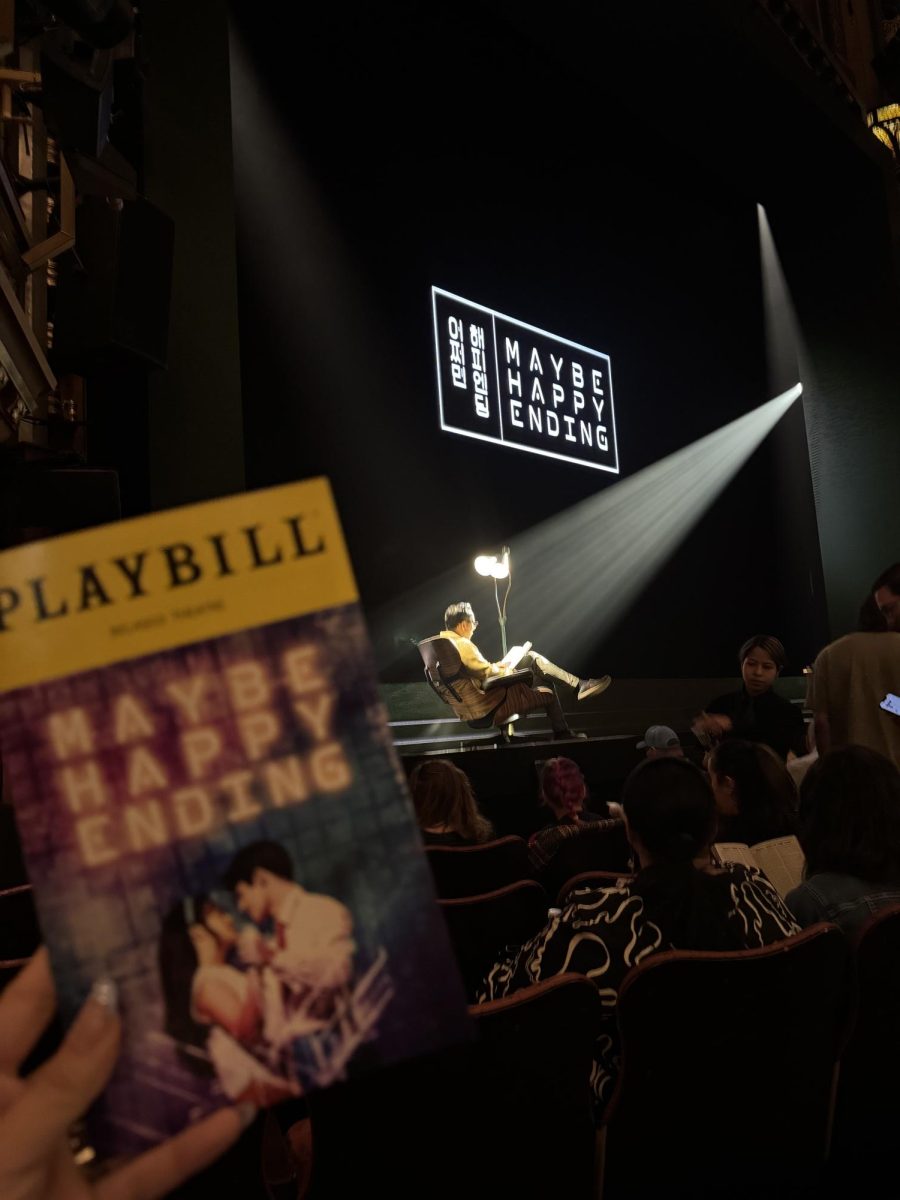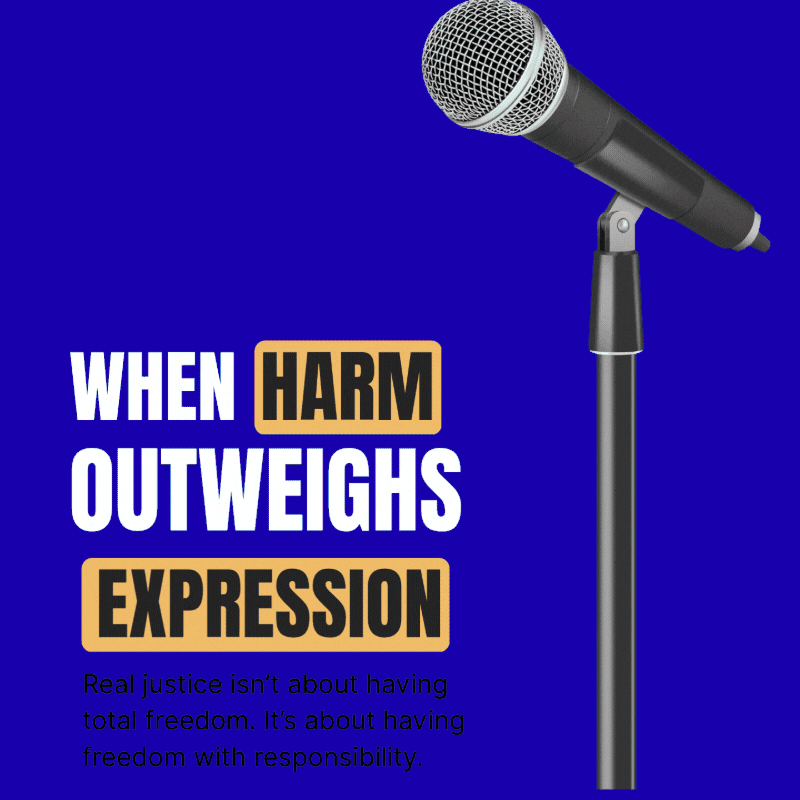
Free speech is foundational to our representative democracy and enshrined in the First Amendment, but, thankfully, it has narrow limits.
For example, speech intended and likely to spark imminent lawless action isn’t protected. The same goes for true threats (which require at least recklessness about the threatening nature) and defamation (which carries strict standards like actual malice for public officials and public figures).
Think about what could happen without those limits. Take the January 6 Capitol riot. What if no one faced consequences for the kind of speech that helped fuel it?
Historically, the Supreme Court spoke in terms of a “clear and present danger” ruling.
In Schenck v. United States (1919), Charles Schenck, the Socialist Party’s general secretary, mailed anti-draft leaflets arguing conscription violated the Thirteenth Amendment and urging recipients to “assert your rights.” The Supreme Court held that speech may be punished when it presents a “clear and present danger” of “substantive evils.” In this case, obstructing the draft during wartime.
From a utilitarian perspective, the state may justifiably limit speech when the anticipated harms—such as threats to public safety or military readiness—outweigh the societal benefits of that expression.
The utilitarian logic behind early cases was that in wartime, certain advocacy risked immediate and widespread harm (reduced compliance with the draft) that could cost lives. Critics countered that this calculus overestimated harm and chilled dissent, a core good in a democracy.
Responding to those concerns, the Court changed course in Brandenburg v. Ohio (1969 and set the modern rule: only speech intended—and likely—to produce imminent lawless action can be punished.
That history matters.
The events of January 6 underscore how social media can collapse timelines and widen audiences, nudging some rhetoric closer to Brandenburg’s threshold.
Still, even legally protected, unchecked election misinformation can cause real-world harm. Trump’s repeated “stolen election” claims encouraged some supporters to act, contributing to the January 6 breach of the Capitol and endangering public officials. Numerous independent reviews, court rulings, and statements from bipartisan officials confirmed the 2020 election was secure and legitimate. The Cybersecurity and Infrastructure Security Agency called it “the most secure in American history.”
More than 60 lawsuits challenging the results were dismissed for lack of evidence [view the litigation cataloged here]. Despite this, false claims persisted—showing how unchecked speech, even when disproved, can still inspire real damage. And even still, it’s worth reiterating, much false speech remains protected.
In United States v. Alvarez (2012), the Court held that falsity alone isn’t a crime under the First Amendment. What is punishable, though, are lies that constitute elements of other crimes like perjury, criminal fraud, identity theft. Regulators such as the FTC and SEC, and state attorneys general, can also bring civil or administrative actions over deceptive advertising and other commercial fraud, and they may refer egregious cases for criminal prosecution.
By contrast, reputational or financial harm is addressed in civil court—typically through defamation or fraudulent-misrepresentation suits. Public officials and public figures must also satisfy the New York Times v. Sullivan (1964)“actual malice” standard: knowledge of falsity or reckless disregard for the truth.
When the harm is reputational or financial, the path is civil court. People and companies can sue for defamation or fraudulent misrepresentation. Public officials and public figures face an extra hurdle: under New York Times v. Sullivan (1964), they must show “actual malice,” that the defendant knew the statement was false or acted with reckless disregard for the truth.
“In short, the law intervenes when a lie causes legally recognized harm or is used to obtain money or other benefits. A utilitarian view asks a simple follow-up: do these legal standards do more good than harm than good in the real world?
Beyond utilitarian outcomes, political philosophy also supports limits on speech.
Consider John Rawls (1921–2002), who extended social‑contract theory with the “veil of ignorance,” a device in the “original position” for selecting fair principles of justice. Rawls asks us to design laws without knowing who we will be—our race, class, gender, or beliefs. From that fair vantage, people would choose rules that protect everyone, especially the most vulnerable, because none of us would risk being the target.
That matters for free speech. Hate‑driven rhetoric, like neo‑Nazi or antisemitic demonstrations, often targets people already at risk. A society guided by Rawls’s principles would set narrow limits on dangerous speech not to silence ideas, but to protect people.
Most free-speech advocates worry about “slippery slopes,” but they also agree that rights aren’t unlimited. Those few exceptions exist for a reason. Words are powerful. When speech is used to fire people up to commit violence or to spread dangerous lies, it can damage trust, safety, and the community itself.
Real justice isn’t about having total freedom. It’s about having freedom with responsibility.
Today, with online misinformation and growing political extremism, we need to remember why speech limits exist in the first place. They’re not about censorship; they’re about protecting the rights and safety of everyone. Guardrails like Brandenburg protect debate while protecting people.
Keep speech free and responsible, but also keep people safe.







